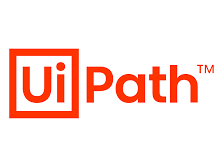Key Concepts in HTML
Introduction: HTML, which stands for HyperText Markup Language, is the backbone of web development. It is the standard markup language used to create and design web pages. Understanding the key concepts in HTML is essential for anyone venturing into the world of web development. Let’s explore some fundamental concepts that form the basis of HTML.
- HTML Document Structure: An HTML document is structured using various elements to define the content and its presentation. The basic structure includes the
<html>,<head>, and<body>tags. The<html>tag encapsulates the entire document, while the<head>tag contains meta-information and the document’s title. The actual content is placed within the<body>tag. - Tags and Elements: HTML uses tags to define elements that represent different types of content. Tags are written between angle brackets, and most have opening and closing tags. For example, the
<p>tag is used for paragraphs, and it is closed with</p>. - Attributes: Attributes provide additional information about HTML elements and are always included in the opening tag. They are written as name/value pairs and are used to modify the element’s behavior or appearance.
- Headings and Text Formatting: HTML provides different heading tags (
<h1>to<h6>) to define headings based on their importance. Additionally, text can be formatted using tags like<em>for emphasis (italic) and<strong>for strong emphasis (bold). - Lists: HTML supports ordered (
<ol>) and unordered (<ul>) lists, as well as definition lists (<dl>). List items are marked with<li>tags. - Links and Images: Creating hyperlinks with the
<a>tag allows users to navigate between pages. Images are embedded using the<img>tag, and thesrcattribute specifies the image source.


